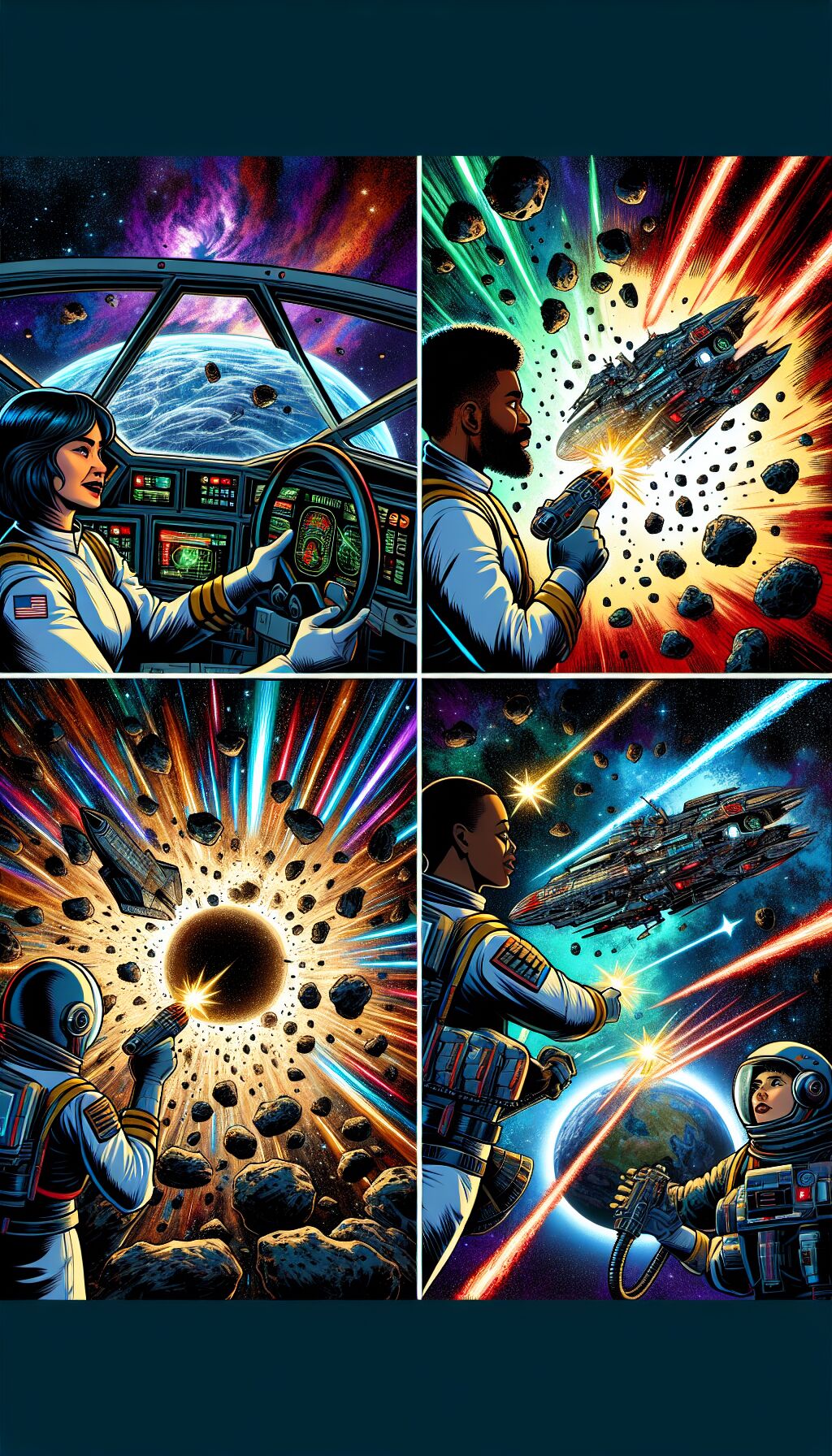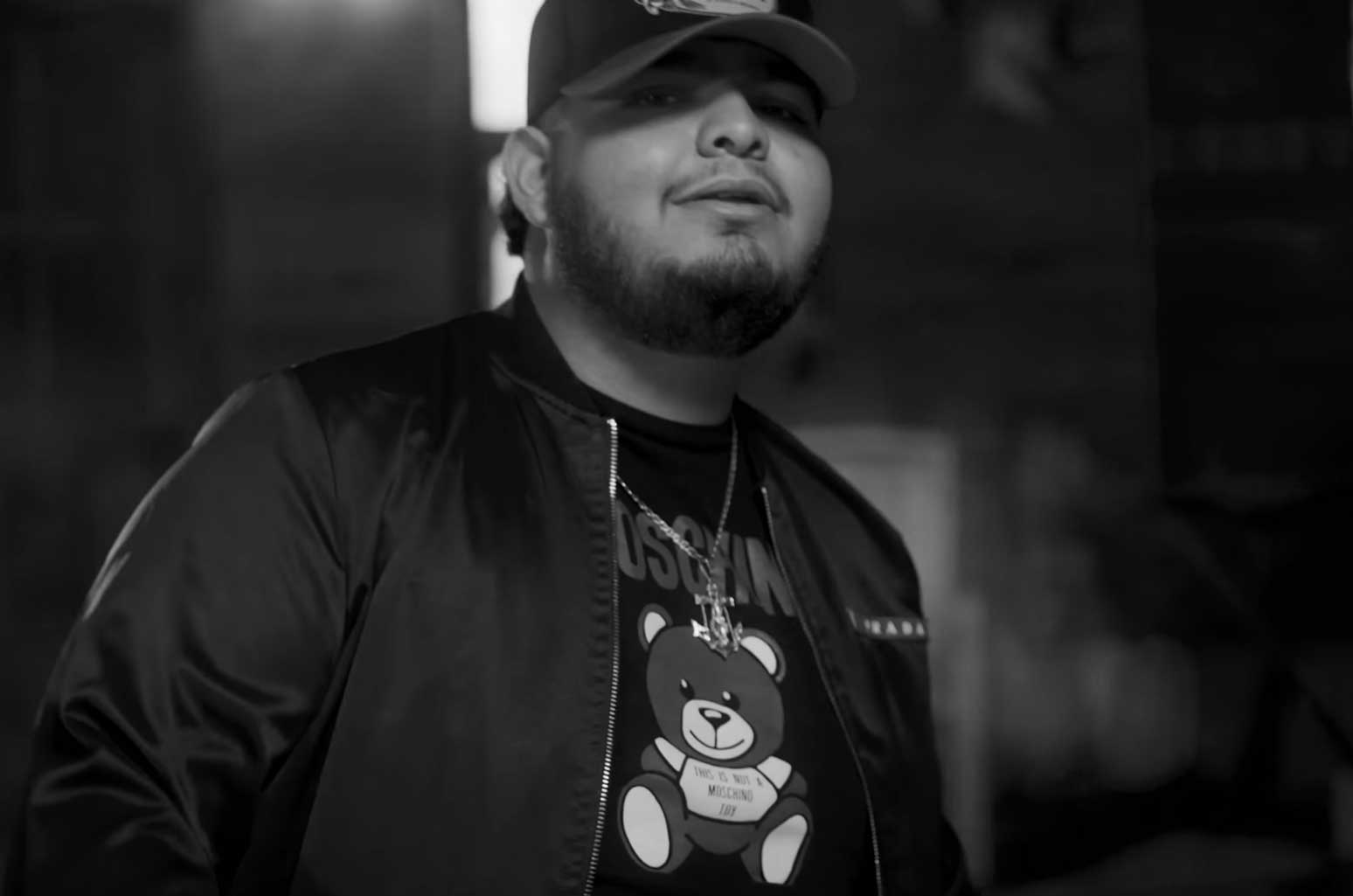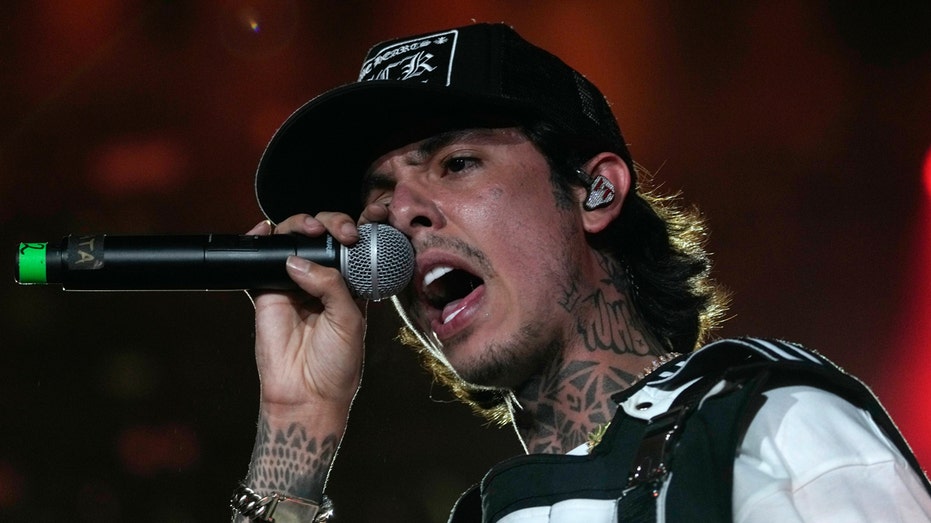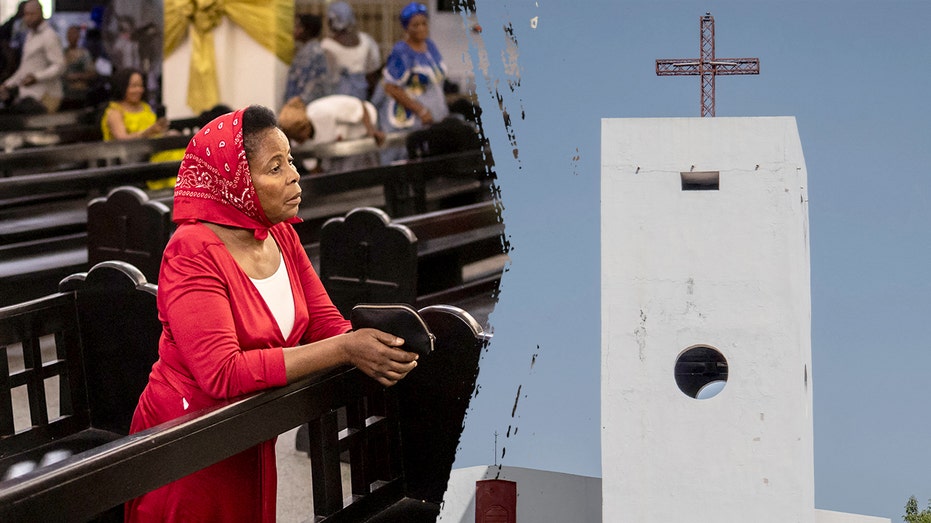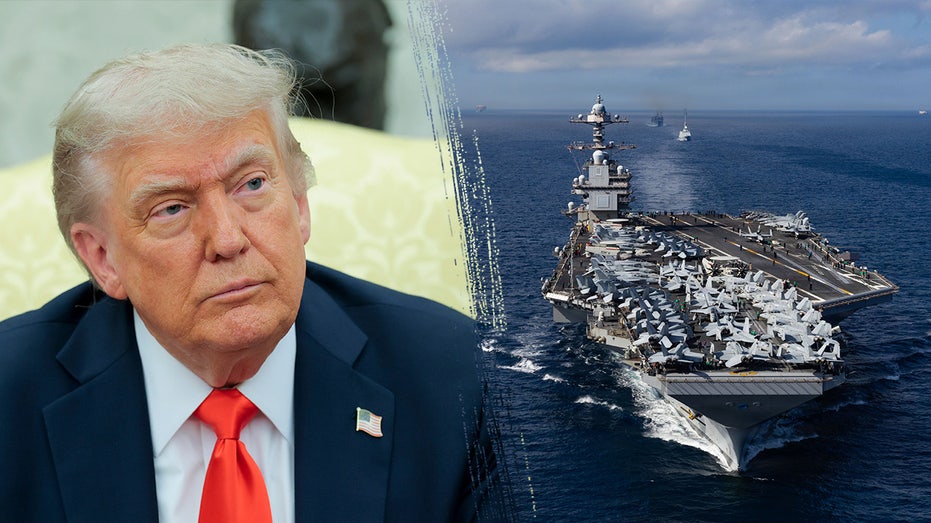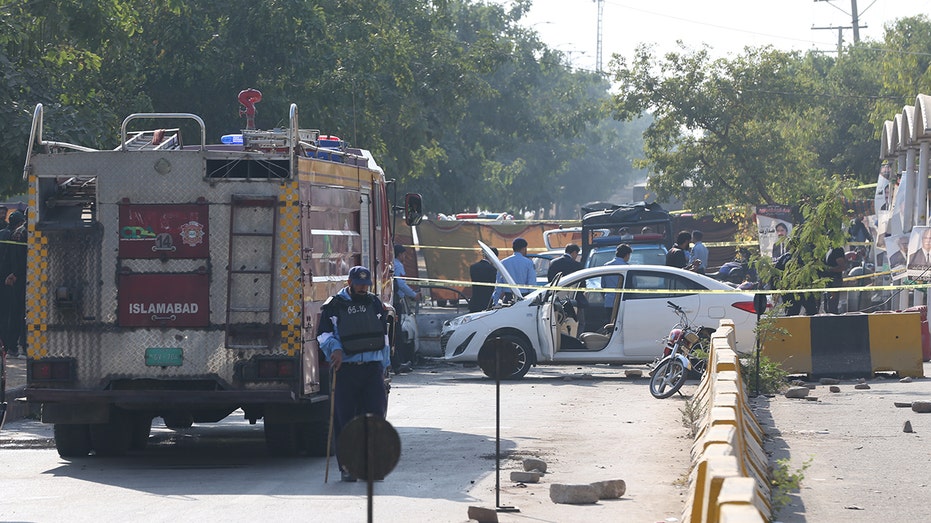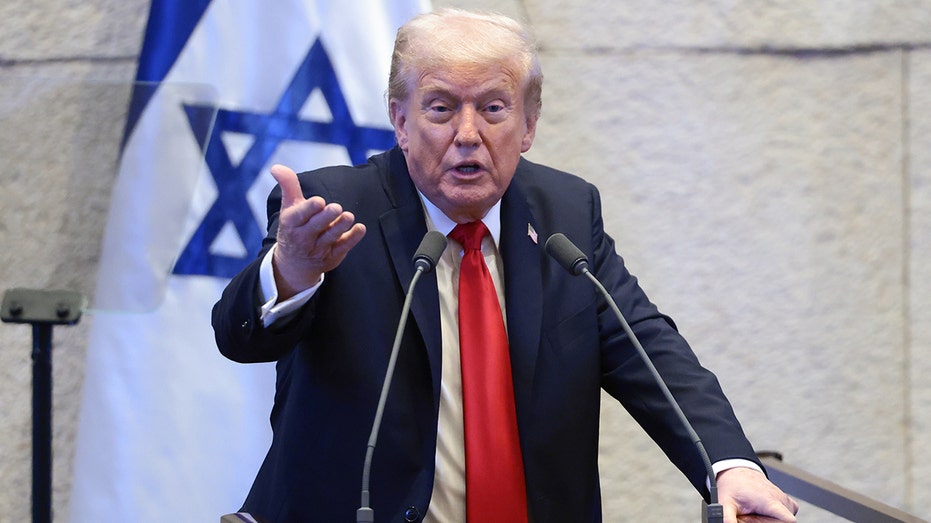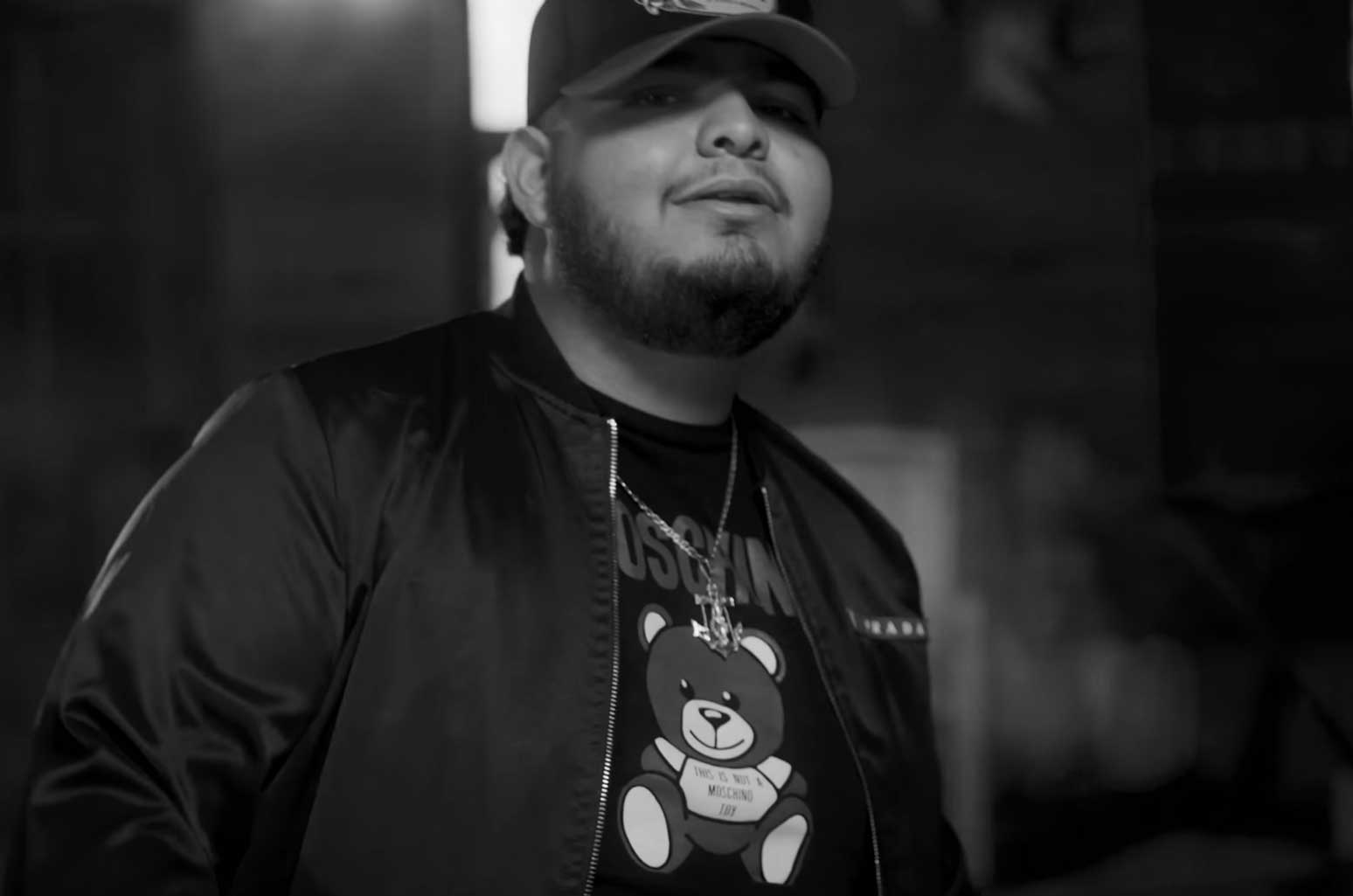
Mexican Authorities Provide Protection to Natanael Cano Following Cartel Threats
Published on [Insert Date], [Insert Your Publication]
Escalating Threats Against Regional Artists
Mexican authorities have stepped in to ensure the safety of popular regional Mexican singer Natanael Cano, alongside several other artists, after a drug cartel from northern Mexico issued alarming public threats against them. The announcement was made by officials to the Associated Press this past Tuesday, raising serious concerns about the intersection of music and cartel violence in the region.
These threats gained traction after images of a banner—reportedly signed by a subgroup named “Jalisco Matasalas,” linked to the notorious Sinaloa Cartel faction known as “Chapitos”—surfaced on social media over the weekend. This banner explicitly targeted Cano, who is celebrated for his *corridos*, a genre recognized for narrating tales often connected to drug-related conflicts.
A Chilling Message
The infamous banner contained a menacing warning: “This is the last time you will receive a warning, just in time for you to cut the crap. Mind your own business. If you don’t heed this warning, you will be shot.” The Sonoran Prosecutor’s Office confirmed that this threatening message was prominently displayed on a school premises and initiated an official investigation to address the situation.
In light of these direct threats, agent Allan de la Rosa from the Prosecutor’s Office indicated that the affected artists would be offered state protection to avert potential aggression stemming from the public warning. However, specifics regarding the safety measures envisaged were not disclosed. As of now, Cano’s representatives have not released a statement addressing the unfolding crisis.
The Intersection of Music and Narco Culture
The genre of *corridos* has historically narrated the stark realities of life within a landscape marred by narcotrafficking violence in Mexico. Although often criticized for glorifying criminal activities, *corridos* have evolved, finding a place among younger artists like Natanael Cano and Peso Pluma, who integrate traditional storytelling with contemporary styles such as trap music.
Despite its controversial reputation, the appeal of Mexican regional music continues to skyrocket. Over the past five years alone, streaming metrics for Mexican music on platforms like Spotify have increased dramatically by 400%. Furthermore, in 2023, Peso Pluma managed to eclipse international pop sensation Taylor Swift regarding YouTube streaming figures, pointing to a burgeoning appreciation for regional sounds.
Rising Violence in Northern Mexico
The threats directed at Cano arise amidst a troubling rise in drug-related violence in northern Mexico, particularly within Sinaloa. This spike in violence is especially pronounced following the high-profile kidnapping and capture of cartel leader Ismael “El Mayo” Zambada, igniting fierce conflict among rival factions within the Sinaloa Cartel. The Chapitos, the faction allegedly behind the threats against Cano, have been at the center of these brutal power struggles.
This isn’t the first time artists in the *corridos* genre have faced threats; in early 2023, Peso Pluma had to cancel a concert in Tijuana after receiving death threats purportedly from rival gangs. The threats warned that his performance could be fatal if he chose to proceed. Such incidents prompted Tijuana authorities to impose a ban on performances of *narcocorridos*, citing a responsibility to safeguard the youth from the genre’s perceived influence on escalating violence.
The Ongoing Battle Between Art and Violence
The relationship between officials and regional musicians remains fraught with tensions, as many local authorities in northern Mexico have moved to outlaw *narcocorridos*, further underlining the challenges artists face in navigating their creative expression. As violence escalates and marred the cultural landscape, concerns for artists like Natanael Cano highlight the precarious intersection of art and organized crime in Mexico.
This troubling trend illustrates how the reach of drug cartels extends far beyond mere street violence—venturing into the very fabric of cultural expression. The ongoing threats and protective measures taken by the state reflect the urgent need to address not only the immediate safety concerns of artists but also the broader social dynamics that continue to enable such conflicts between art and organized crime.
